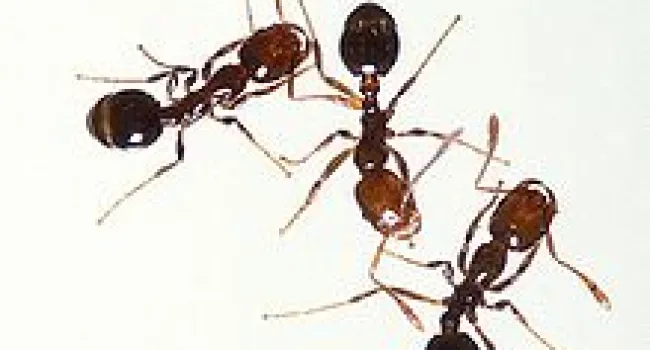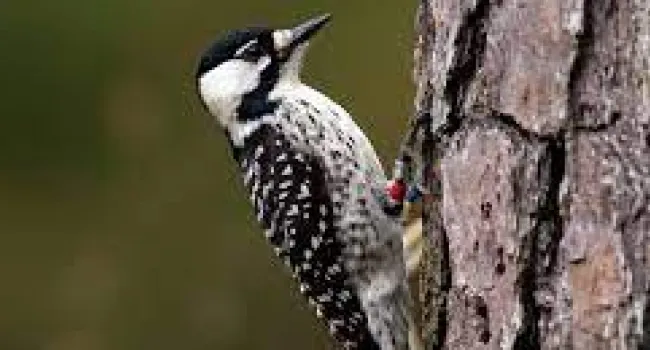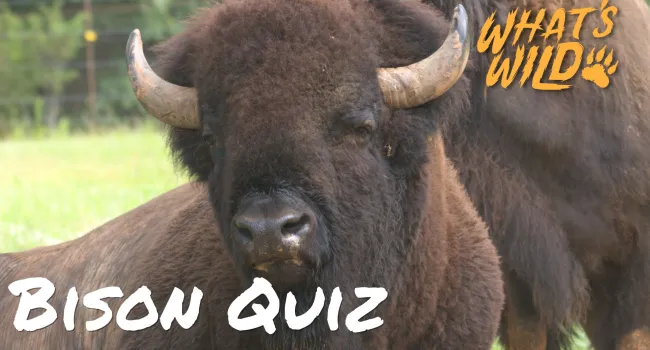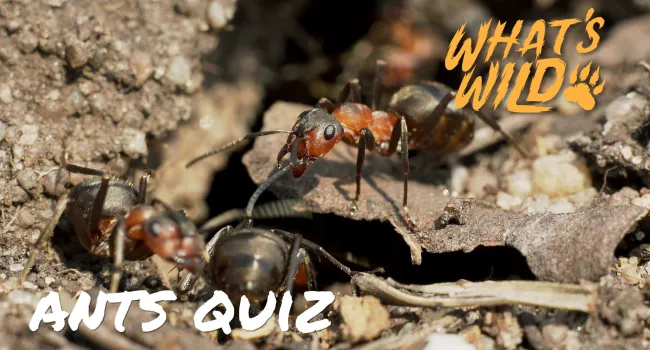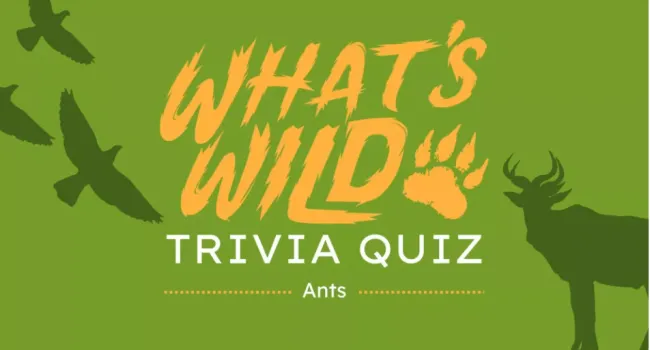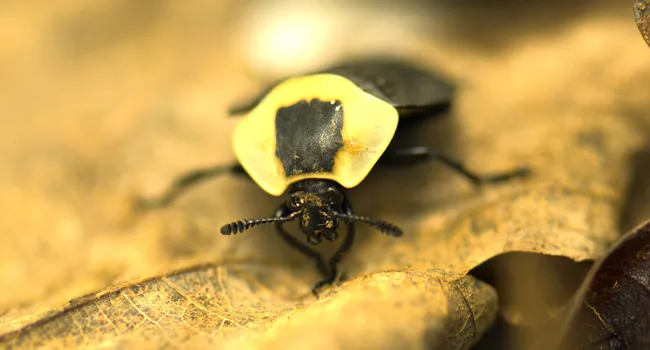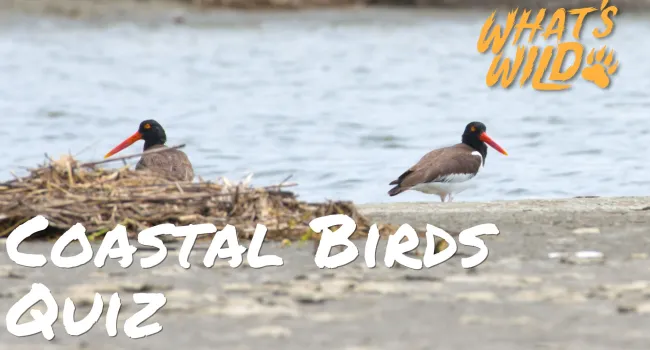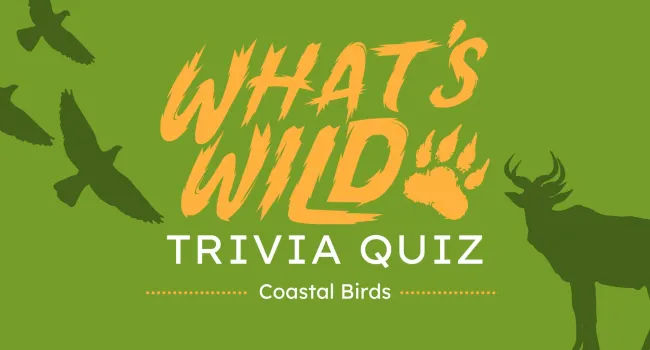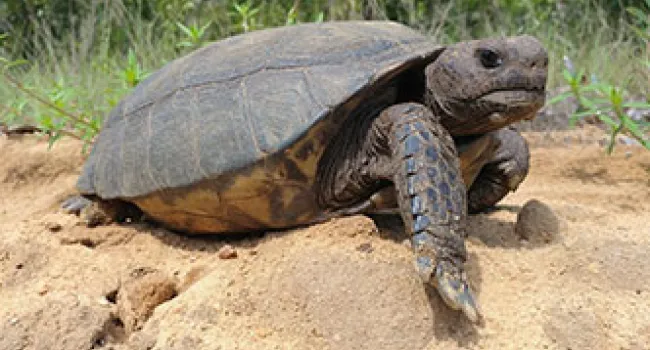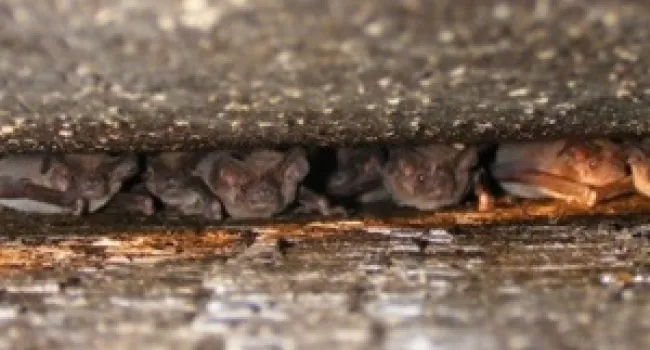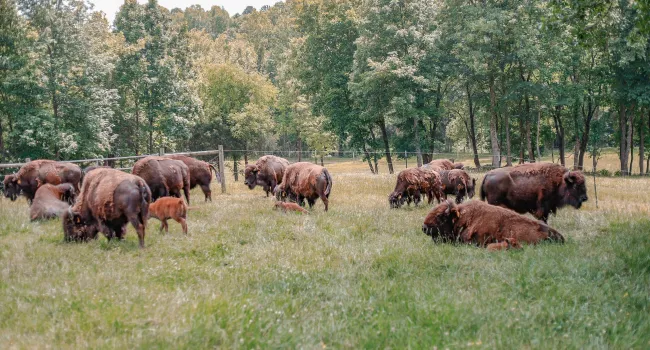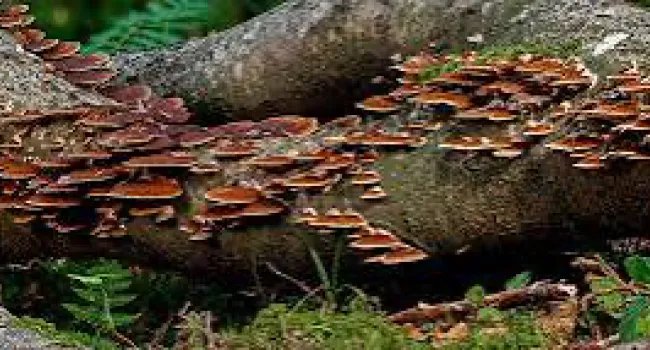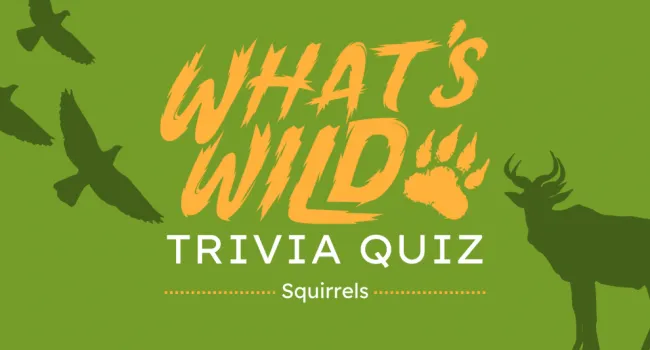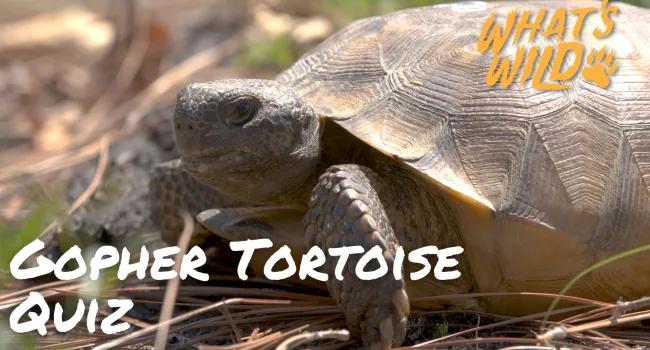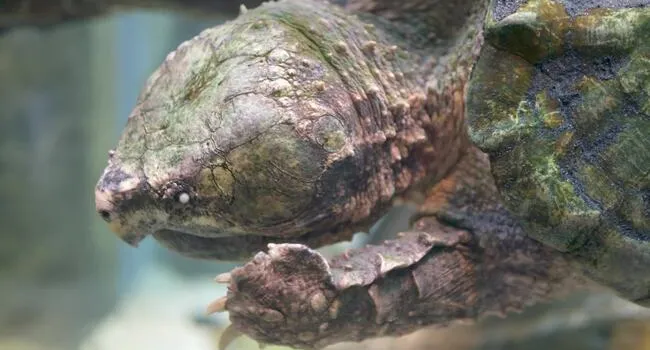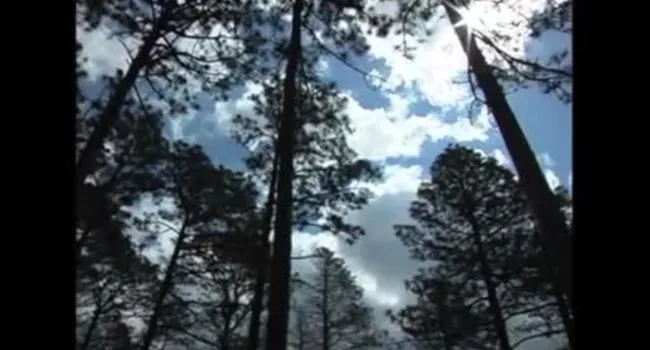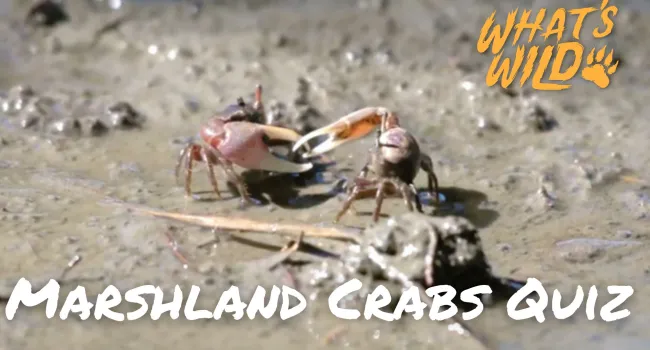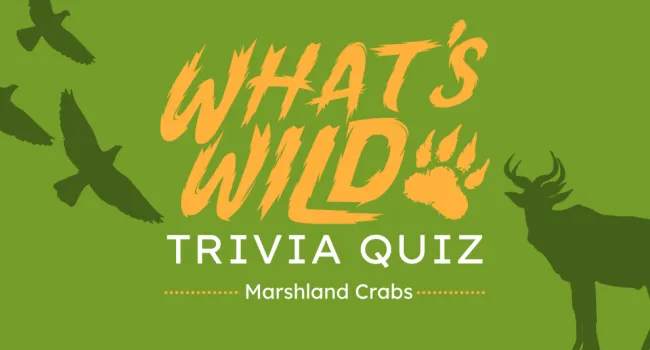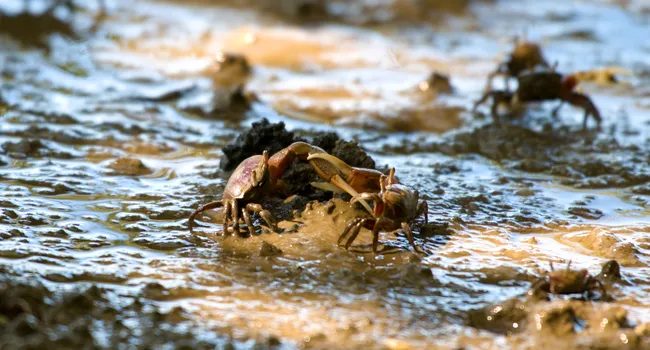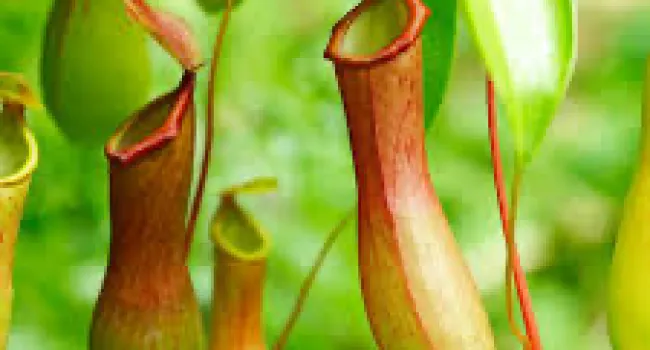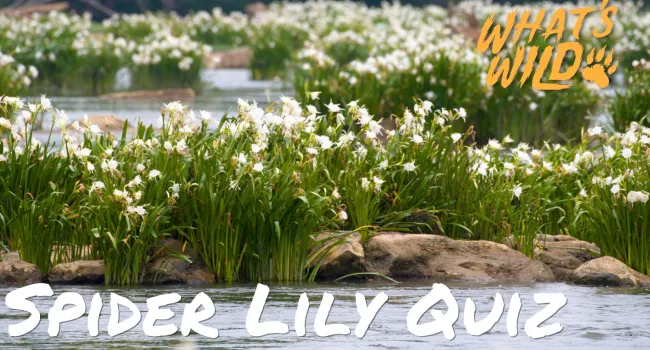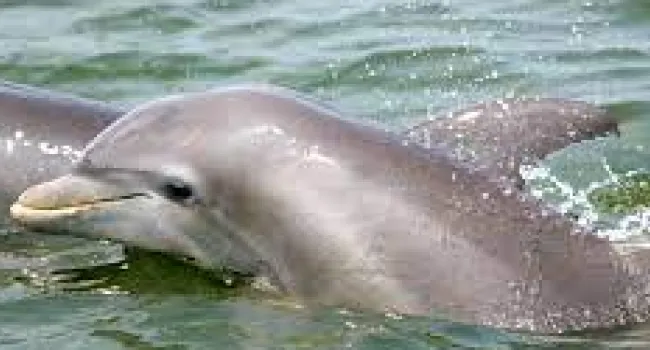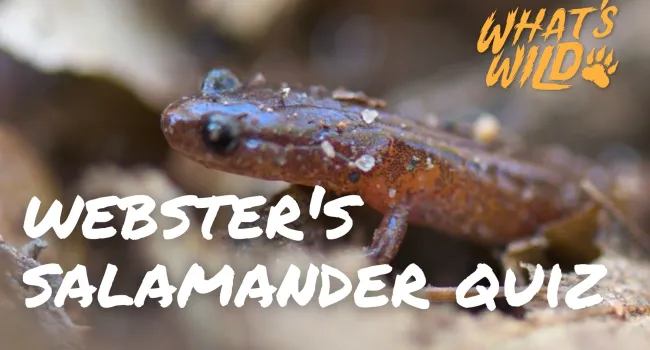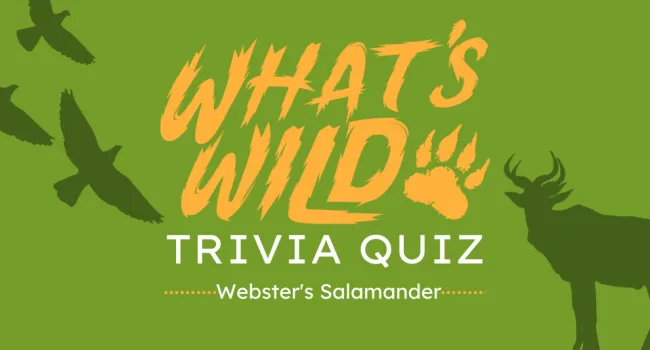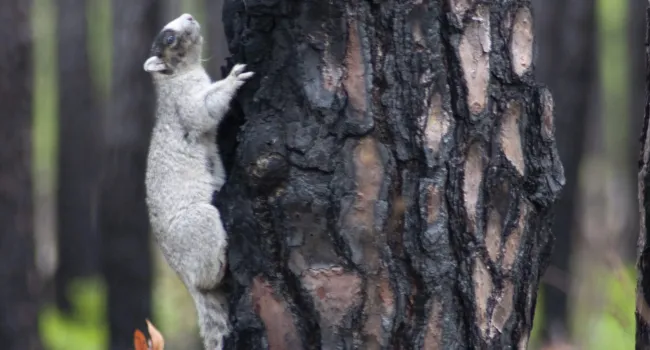In this edition of What's Wild, we'll be taking a look at some native South Carolina plants with a big appetite! There are approximately thirty-one species of carnivorous plants throughout the state. Let's see what actions wildlife management is taking to help protect some of these extremely rare species.
Standards
- K-LS1-1. LS1.C: Organization for Matter and Energy Flow in Organisms
- 1-LS1-1 Use materials to design a solution to a human problem by mimicking how plants and/or animals use their external parts to help them survive, grow, and meet their needs.
- 1-LS1-2 Obtain information from multiple sources to determine patterns in parent and offspring behavior that help offspring survive.
- 2-LS2-1 Plan and conduct an investigation to determine what plants need to grow.
- 3-LS4-3. Construct an argument with evidence that in a particular habitat some organisms can thrive, struggle to survive, or fail to survive.
- 3-LS4-4. Make a claim about the effectiveness of a solution to a problem caused when the environment changes and affects organisms living there.
- 4-LS1-1. Construct an argument that plants and animals have internal and external structures that function together in a system to support survival, growth, behavior, and reproduction.
- 5-LS1-1 Support an argument with evidence that plants obtain materials they need for growth mainly from air and water
- 5-LS2 Ecosystems: Interactions, Energy, and Dynamics
- 7-LS1-6 Construct a scientific explanation based on evidence for the role of photosynthesis in the cycling of matter and flow of energy into and out of organisms.
- 7-LS2-1. Analyze and interpret data to provide evidence for the effects of resource availability on organisms and populations of organisms in an ecosystem
- 8-LS4-6 Use mathematical representations to support explanations of how natural selection may lead to increases and decreases of specific traits in populations over time.
- B-LS1-5 Use a model to illustrate how photosynthesis transforms light energy into stored chemical energy.
- B-LS2-7 Design, evaluate, and refine a solution for reducing the impacts of human activities on biodiversity and ecosystem health.
- B-LS4-4. Construct an explanation based on evidence for how natural selection leads to adaptation of populations
- B-LS4-5 Evaluate the evidence supporting claims that changes in environmental conditions may result in (1) increases in the number of individuals of some species, (2) the emergence of new species over time, and (3) the extinction of other species.
Resources
You need to be logged in to listen to view this content. Create an account now; it's quick, easy, and free!
Log In to View
